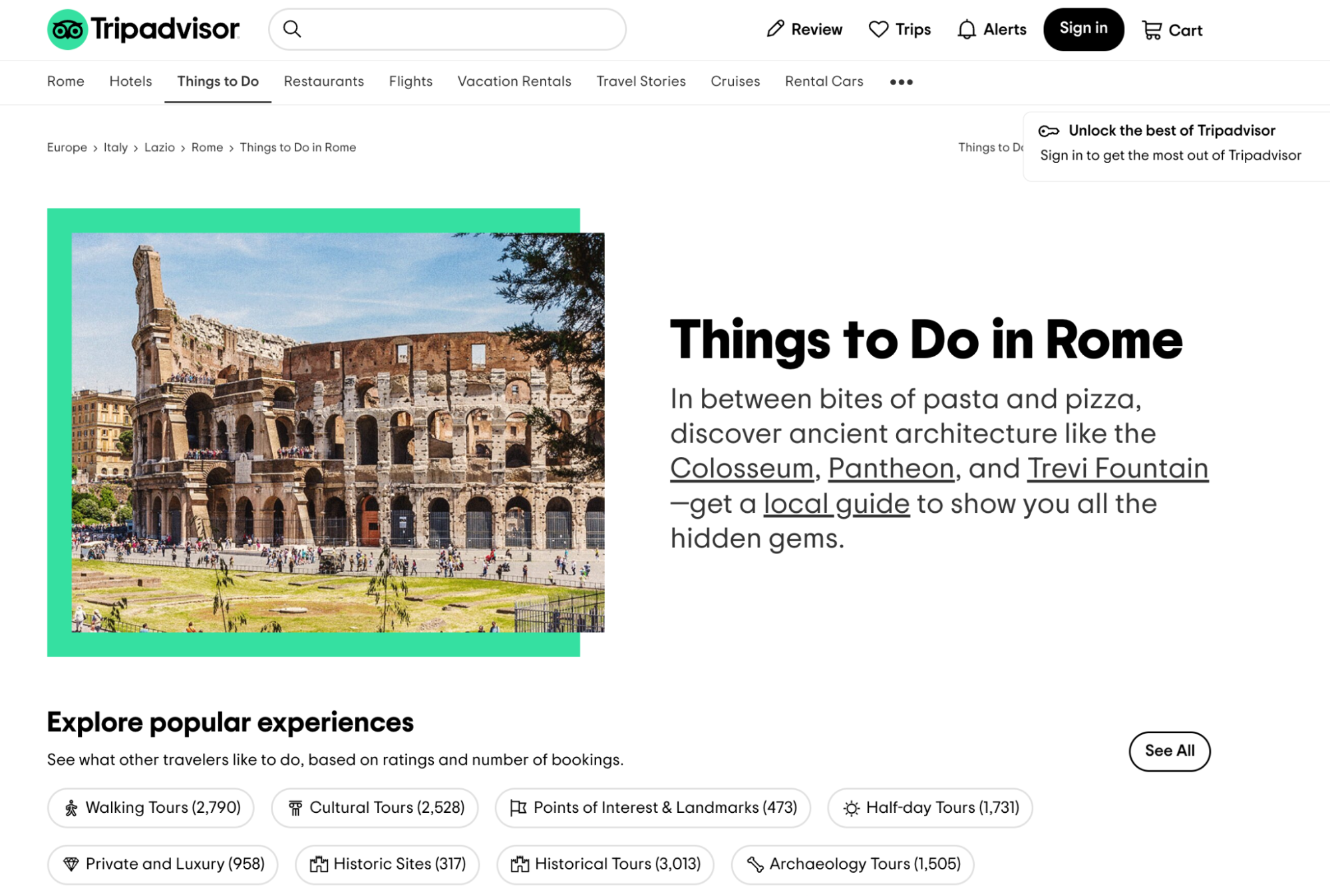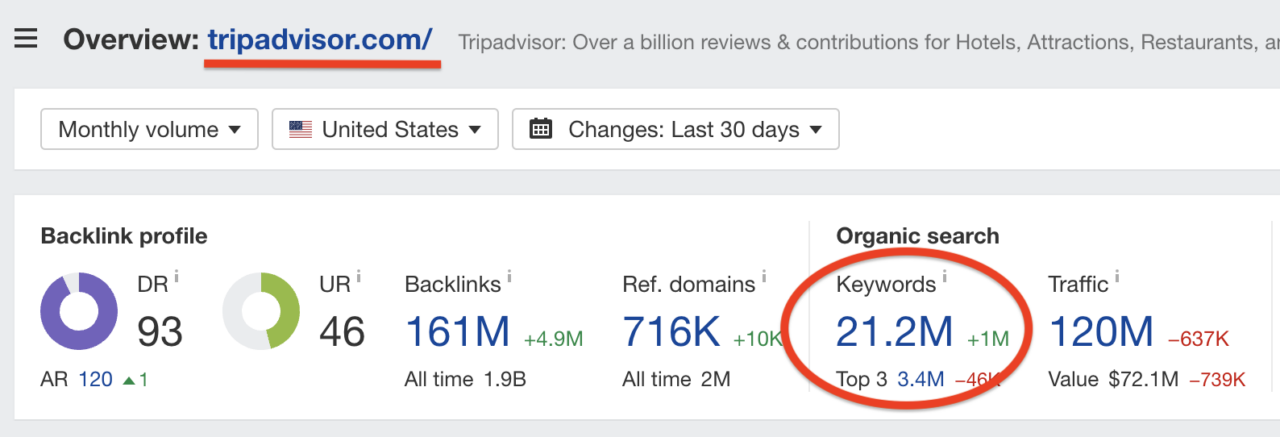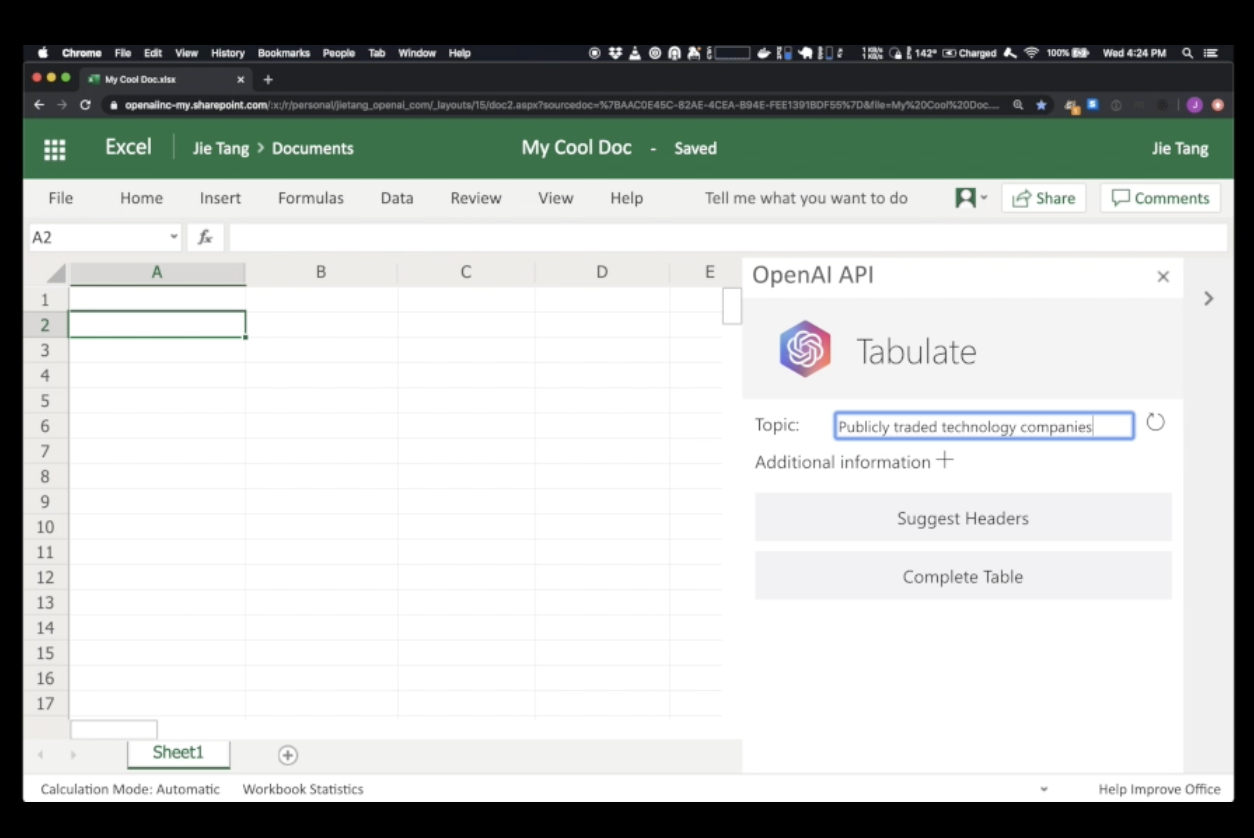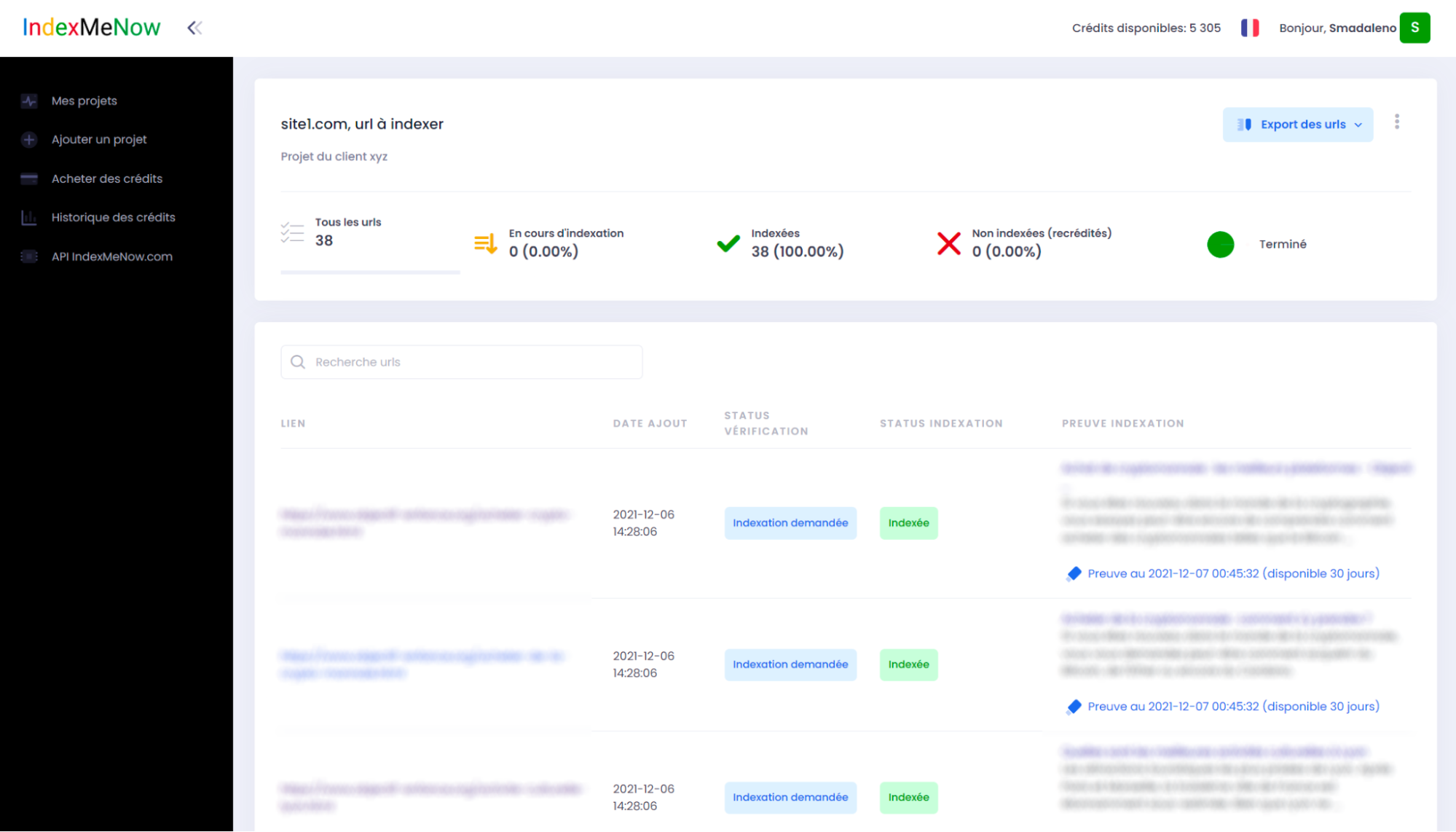The competition for online visibility is fiercer than ever. With countless websites vying for the top spot on search engine results pages, businesses need to leverage innovative strategies to stay ahead.
One such strategy is programmatic SEO, a powerful tool that can significantly boost your Google ranking.
In this article, we’ll go over what programmatic SEO is, its benefits, and how businesses can harness its potential.
Their expertise has helped Nextiva grow its brand and overall business
What Is Programmatic SEO?
Programmatic SEO is the use of software or automated processes to generate, optimize and manage large volumes of web content and web pages to better rank in search engines.
It’s particularly useful for websites with a vast amount of pages, such as e-commerce sites with thousands of product listings or publishers with extensive archives of content.
The goal of programmatic SEO is to improve organic search visibility at scale.
Put another way: Programmatic SEO is a strategy that involves creating a list of targeted keywords and then designing a template to generate multiple web pages based on those keywords.
For instance, websites like Tripadvisor use this approach to create pages for different travel destinations. A search for “fun things to do in Rome” might lead you to a templated page on Tripadvisor filled with user-generated content, internal links, and other relevant information:

This strategy can be replicated for various keywords, such as “fun things to do in Tokyo” or “fun things to do in LA.”
As long as the content is helpful to human beings and it contains what you promised in the headline, then it’s fine. That’s the essence of Tripadvisor.
When we examine Tripadvisor, we see that their domain rating is an impressive 93 out of 100, they rank for 21 million keywords, and their traffic stands at 120 million, which continues to rise:

It’s very likely that this is due to them creating more pages. With seven or eight million pages – useful, helpful pages – on their site, you’re bound to see a significant increase in traffic and volume.
The beauty of programmatic SEO lies in its scalability. By creating a vast “keyword universe,” businesses can exponentially increase their online traffic. This strategy was once reserved for larger companies with extensive resources, but advancements in AI-generated content tools have made it accessible to businesses of all sizes.
Leveraging AI to Use This SEO Strategy
The rise of AI innovations, like Google BERT and OpenAI’s ChatGPT, has revolutionized the programmatic SEO landscape.
For instance, OpenAI offers an API that businesses can use to generate content:

By leveraging these AI tools, businesses can create vast amounts of content without the need for extensive human intervention.
To give an example, a CRM tool like HubSpot might target keywords such as “Salesforce Alternatives” or “Best CRMs for specific industries.” Using AI, they can then generate content for these keywords, enhancing the pages with testimonials, internal links and other relevant information.
It’s crucial, however, to ensure that the content remains valuable to human readers. This means fact-checking and refining the AI-generated content to ensure accuracy and relevance.
Here’s How We Take Advantage of Programmatic SEO
Regardless of your industry or business size, programmatic SEO offers immense potential. Whether you’re a small startup or a well-established enterprise, this strategy can significantly boost your online visibility.
The key is to start small, perhaps by publishing five to ten pages a day, and then gradually scaling up. Avoid the temptation of publishing thousands of pages at once. Instead, focus on quality and relevance to make sure you are delivering the best results.
Here’s what we’ve been doing:
1) Create a topical map of keywords that have high intent (MOFU and BOFU).
For example, if you’re HubSpot, you might aim for keyword templates like:
- Salesforce alternatives
- Salesforce vs HubSpot
- Best CRMs for [industry]
You should be able to come up with more permutations than you can imagine.
2) Then design a template for these pages.
Think about how Tripadvisor or Expedia creates templates pages for topics like:
- Things to do in Rome
- Best food in Rome
Same idea. Now you get to do this at scale because AI has decreased the cost of production.
3) Use OpenAI’s API to create unique content for these templated pages.
As a bonus, add in other internal links, testimonials, etc. to help increase conversion rates.
4) Get a human editor to finesse the last mile.
AI writing tools are a great help, but they are nowhere near perfect yet. So you’ll need a human editor to make sure that everything looks good: grammar, flow, context, images, links, etc.
5) Scale it.
Now rinse and repeat. One note: The stronger your domain, the easier time you will have ranking it. But don’t worry if you don’t have a super strong domain. Just keep plugging away.
As a side note, you might need to use a tool like IndexMeNow to index the pages:

Just don’t expect to pump out thousands of pages a day and get an avalanche of traffic. This takes time.
AI-Enhanced Content
On a related note, we’ve also scaled our blog by using AI to generate and optimize large volumes of content.
For our Marketing School podcast, we put out a new 5-10 minute episode each day. Oftentimes, we’re talking about trending topics that I know would do well for us from an organic standpoint. But my co-host and I just don’t have the time because we have other priorities.
Here’s what we do now:
- We take the AI transcription from our podcasting software.
- We tell ChatGPT to ‘create a blog post from the following transcription with a catchy headline and headers for each section’.
- We run the content through a duplicate content checker just to make sure we’re good to go. It usually passes with flying colors.
- A human being steps in to handle the final 20-30% of the work where they are fact-checking, adding statistics, adding pictures, adding links, etc.
This decreases our time to production by 60-70% and our costs anywhere from 50-80% – and we think we can do even better with time.
Again, strike while the iron is hot because my belief is that there is a 1-2 year honeymoon period before search fundamentally changes. And if everyone is doing this, will the exponential increase in content really benefit humans in the long run?
Something to think about. 😉
Last Thoughts on Programmatic SEO
Programmatic SEO might seem like a novel idea, but it’s actually been around for a while. What’s changed is the accessibility and tools available to implement it effectively. With the rise of AI and other technological advancements, businesses now have a powerful weapon at their disposal.
It’s worth noting that this strategy won’t remain a secret for long. As more businesses catch on, the competition will intensify. So the time to act is now. By focusing on producing high-quality, relevant content that outshines the competition, businesses can reap significant rewards.
For those looking to take their programmatic SEO strategy to the next level, consider acquiring other websites in your niche. By merging them and redirecting their traffic, you can consolidate your online presence and further boost your visibility.
If you’re ready to level up your online visibility with programmatic SEO, Single Grain’s programmatic SEO experts can help!👇
For more insights and lessons about marketing, check out our Leveling Up podcast on YouTube.



